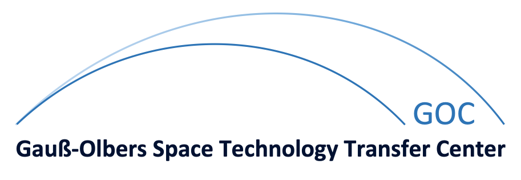Investigations on Link Adaptation Performance in Case of Low Rank Interference
| Betreuer: | Mark Petermann, Armin Dekorsy, Carsten Bockelmann |
| Art der Arbeit: | Masterarbeit (MSc) |
| Arbeit beendet: | 07/2011 |
| Bearbeiter: | Fabian Monsees |
| Status: | abgeschlossen |
| ANT-Signatur: | |
| Kurzfassung: | The standardization for LTE/LTE-A is ongoing with the goal (among others) of delivering very high throughput performance to mobile users. A key feature to achieve these throughputs is the usage of multiple antennas at both transmitter and receiver. In order to exploit the high capacity of such a multiple-input multiple-output (MIMO) channel, linear precoding of data symbols together with an appropriate modulation and coding scheme (MCS) is applied at the transmitter. In the common scenario where receiver performance is limited by interference received from neighbouring cells, the precoding applied by interfering cells impacts the receiver performance because the resulting interference can be full rank or low rank depending on the interfering cell's scheduling decision. In case of low rank transmission in the neighbour cell, the resulting interference at the intended receiver depends on the instantaneously applied precoding matrix of the neighbour cell. Therefore, the resulting SINR at the output of the receiver equalizer depends on the applied precoding matrix of the neighbor cell. An estimation of the post-equalizer SINR at the receiver is performed in order to report this estimate to the transmitter for selection of the appropriate modulation and coding scheme in the link adaptation algorithm. Reporting back this information is only possible with a delay, i.e., it takes usually several transmission time intervals (TTI) until the feedback can be applied at the transmitter. Since the precoding decisions of the neighbour cell are unknown to the serving cell, the impact of the neighbour cell's precoding matrix on post-equalizer SINR cannot be predicted and the selected modulation and coding scheme cannot be adjusted precisely. The low rank transmissions in the neighbour cell can therefore have a significant impact on the performance of the link adaptation. The goal of this thesis is the investigation of feedback procedures together with link adaptation algorithms in the downlink of LTE Rel. 8. In particular, the robustness of the link adaptation with respect to unpredictable low rank interference shall be described and quantified. The following intermediate steps are proposed:
|







